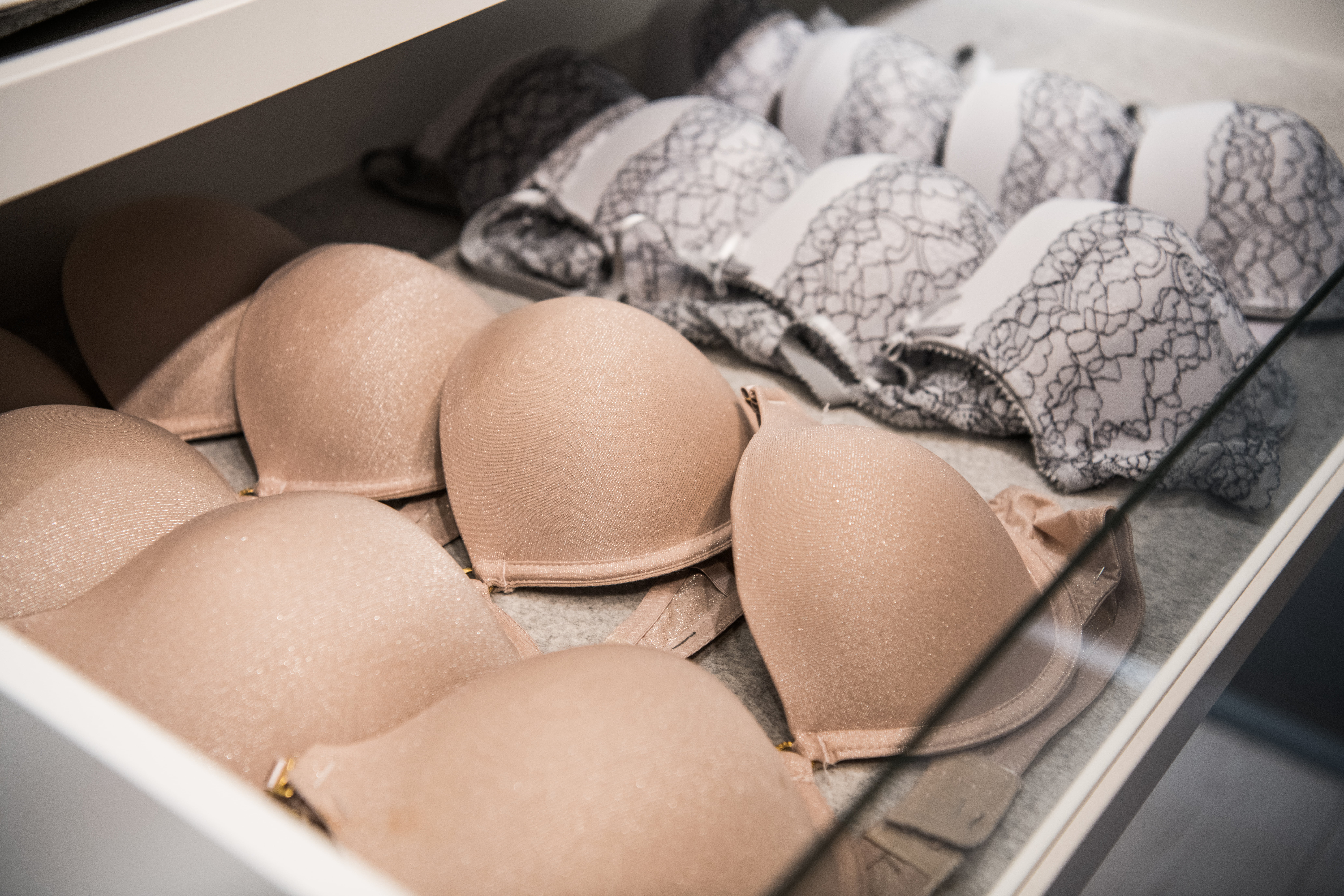Underwear has come a long way since its inception. From the basic undergarments of days long past to the modern and comfortable styles of today, such as womens boxers, underwear has seen many changes throughout its history. Join us as we explore the development and evolution of underwear throughout the ages and discover how it has become the essential piece of clothing it is today.
The 16th Century
During the 16th century, underwear for both men and women was typically made of linen or cotton and served as a barrier between the skin and outer clothing. Men wore a long shirt-like garment called a “shirt” or “chemise” which covered the entire body from neck to ankle. This was often the only undergarment worn by men, although some wealthy men may have worn drawers as well. Women also wore a chemise as their main undergarment, which was often accompanied by a corset or bodice to shape the upper body. Women’s underwear also included a petticoat, which was a skirt worn under their outer garments to provide additional warmth and fullness to the skirt.
Underwear during the 16th century was not designed for comfort or aesthetics but rather for practical purposes. The primary function of underwear was to protect outer garments from sweat and bodily fluids. Additionally, underwear was often passed down from generation to generation and could be very basic and simple in design.
The 17th Century

In the 17th century, underwear was not as ubiquitous as it is today. In fact, it was not uncommon for people, particularly men, to go without undergarments altogether. Women, on the other hand, typically wore a type of undergarment called a shift, which served as a basic underlayer for their clothing. The shift was usually made of linen or cotton and was designed to be loose and comfortable.
As the century progressed, men began to wear more specialized undergarments such as drawers or breeches, which were typically made of wool or linen. These garments were designed to provide warmth and support and were often worn under a separate outer layer of pants or trousers. However, underwear remained relatively simple and utilitarian throughout the 17th century, and it was not until the 18th century that more elaborate styles and designs began to emerge.
The 18th Century
In the 18th century, underwear for men and women was quite different from what we wear today. Men typically wore a linen shirt and breeches that extended to just below the knee. They also wore stockings and garters to hold them up. Women wore a chemise, which was a long, loose-fitting garment that reached down to the ankles. Over the chemise, they wore a corset, which was made of whalebone or steel and tightly laced to cinch the waist and create an hourglass figure. Women also wore petticoats, which were layered underskirts that added volume to their dresses.
Although it may seem uncomfortable by modern standards, the underwear worn in the 18th century was necessary for modesty and hygiene. The layers of the fabric helped to absorb sweat and prevent body odor, while also providing a barrier between the outer clothing and the skin.
The 19th Century
In the 19th century, underwear was typically made from natural fibers such as cotton, linen, or silk. Men’s underwear consisted of a shirt-like garment that extended to the mid-thigh, known as drawers, and a separate undershirt. Women’s underwear included a chemise, corset, and drawers or petticoats. Corsets, worn by both men and women, were designed to provide support and shape to the torso.
Underwear in the 19th century was often considered a luxury item and was therefore not widely available to the working class. However, advancements in manufacturing technology led to the mass production of underwear, making it more accessible to people across all socioeconomic levels. Additionally, the advent of women’s rights movements led to a shift in underwear design, with greater emphasis placed on comfort and practicality over aesthetics.
The Turn of the 21st Century

At the turn of the 21st century, underwear underwent significant changes in terms of design, materials, and cultural attitudes. The popularity of low-rise jeans and pants led to the rise of low-rise underwear, such as thongs and hipsters. Additionally, the use of new materials, such as nylon, spandex, and microfiber, allowed for more form-fitting and comfortable designs. Cultural attitudes towards underwear also shifted, with underwear becoming more of a fashion statement and less of a taboo subject. This led to the rise of designer underwear brands and increased attention to detail and aesthetics in underwear design.
However, the turn of the 21st century also saw the rise of more practical and functional underwear, such as moisture-wicking and odor-resistant materials for athletic wear, and maternity and nursing bras for new mothers. Furthermore, there was a growing movement towards sustainable and eco-friendly underwear, with the use of organic cotton and bamboo fibers
Overall, the history of underwear has played an important role in the evolution of clothing, providing comfort, modesty, and protection. Through the years, underwear has evolved to accommodate changing societal expectations and advancements in clothing technology. It continues to be a key player in fashion and society today.









